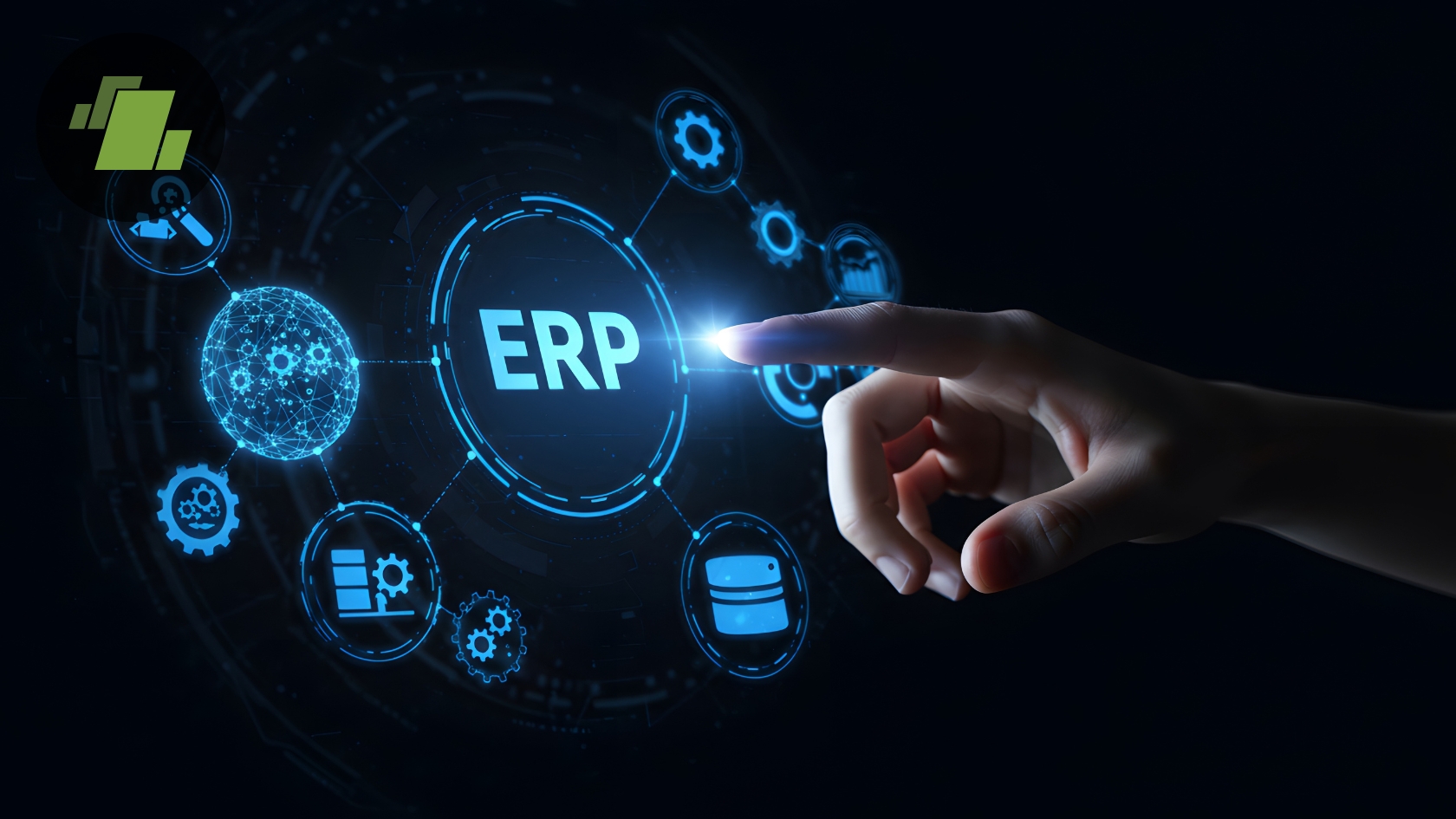

Discover how apparel ERP software is transforming the fashion industry by streamlining inventory, retail operations, and product lifecycle management. Stay ahead in a fast-paced market—get LOGIC ERP today!
The world has seen a lot of changes in the past few years, such as a shift in consumer behavior when buying apparel. This change in mentality is driven by the ‘see now, wear now, and buy now’ culture introduced in the fashion world. Additionally, the rise of social media influencers—who now hold more sway than some major brands—is significantly impacting purchasing decisions and shaping trends. In response, fashion brands are adopting advanced solutions like apparel ERP software to stay competitive.
They recognize that innovation and technology are vital to gaining visibility and control throughout the supply chain. A robust fashion ERP software is essential to meet the specific demands of the fashion and apparel industry. It offers a comprehensive view of business processes, helping brands stay agile and customer-focused.
You might wonder: why choose an Enterprise Resource Planning (ERP) system? Let’s explore this through a few examples:
Making a Business Plan
In the retail life cycle, the first step is to create a detailed business plan. Traditionally, such plans live in large, complex spreadsheets that are hard to update and share. With a centralized, software-based approach like LOGIC ERP, you can make better use of resources and streamline business operations, leading to higher profitability and a smoother product lifecycle from the very beginning.
Product Life-cycle Management and Design
In the fashion and apparel industry, product development starts nearly 12 months before delivery. Only 30–40% of initial sketches make it to the store shelves. An integrated fashion and apparel ERP provides teams with visibility into pricing, planning, and collection development in real time. This helps designers and planners collaborate effectively and make informed decisions across seasons.
Inventory Management
To meet the fast-changing demand of the omnichannel apparel market, fashion retailers, brand owners, and wholesalers need accurate, real-time inventory data. Manual systems often lead to errors and miscalculations, resulting in lost sales and excess stock. A smart retail ERP solution helps you monitor stock levels, make better replenishment decisions, and enhance operational transparency and accuracy.
With powerful tools like LOGIC ERP, businesses in the fashion and apparel sector can optimize their processes, meet market demands swiftly, and gain a competitive edge with the right apparel ERP software.
Read More: Major Inventory Management Challenges Faced by Apparel Retail Businesses
Managing Retail Operation
It is a final stage in a product lifecycle of fashion brands. In this, you will know why a centralized ERP system is important for handling retail operations. Markdown modeling, end-of-season sale planning, and logistics are some of the key activities in retail operations. For meeting customer’s demands and handling omnichannel apparel retailing, team members need access and clear guidance on operations like moving merchandise between stores, price change, etc.
If you will stick to traditional processes and old software, you will lag behind your competitors. So, it is not an option for fashion brands and retailers anymore. If you want to survive in the changing market and industry, you will need the LOGIC ERP solution, which is tailored to a specific industry. It will provide you with insight and controls to streamline your business processes.
Get started now! Call +91-734 114 1176 or email us at sales@logicerp.com to schedule your demo and take the first step towards operational excellence with LOGIC ERP.


